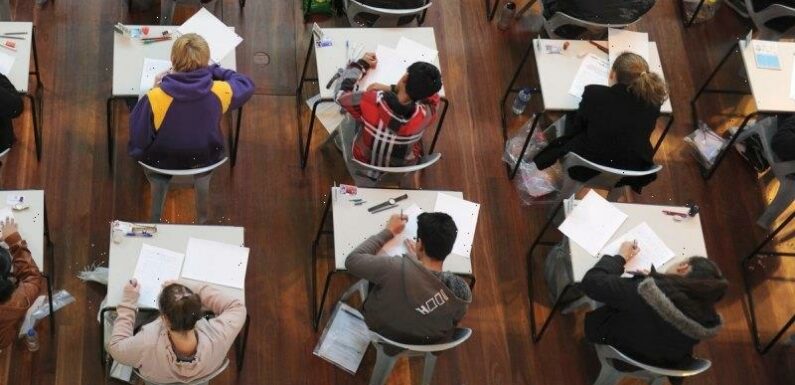
One in four students is securing a place at university without their ATAR being considered, but they are dropping out of their degrees at a faster rate than other school-leavers.
Almost 30 per cent of students who are admitted to university on a non-ATAR basis are quitting their degree, new research shows, and completion rates for those candidates are falling faster when compared with all other groups.
The report from the Centre for Independent Studies, released on Monday, comes as a group of school principals has called for the Australian Tertiary Admission Rank to be dumped, arguing it is placing too much stress and pressure on year 12 students.
But CIS director of education Glenn Fahey said reports of the ATAR’s death were hugely exaggerated, and research showed university selection rank was the single biggest predictor in whether students finish their degrees.
“Given the attrition crisis facing universities, the ATAR is only becoming more important, not less,” Fahey said.
Students with an ATAR below 60 drop out of university at about three times the rate of students with an ATAR of 80 or higher.
Almost 20 per cent of all school-leavers drop out of their degrees within six years, but that rises to 27 per cent if students are admitted without their ATAR being considered, and is higher if they receive an ATAR of 69 or less.
The proportion of students admitted to Australian universities on a non-ATAR basis – where other criteria such as special consideration, audition or an early offer is used – has risen from 15 per cent in 2016 to at least 25 per cent last year.
In Western Australia, the number of those students completing their selected university course is on the decline, with less than half of the cohort graduating from at Murdoch University and Edith Cowan University.
Last week the federal government released a paper on the landmark universities accord which has set ambitious targets to increase places for disadvantaged students.
But Fahey said this will not automatically boost completion rates unless systems are put in place to help students finish their course. “The ATAR is still the biggest predictor of success,” he said.
The ATAR is a number between 0 and 99.95 that indicates a year 12 student’s academic performance relative to all other students in their year level.
The CIS report called on universities to record ATARs of school-leavers admitted via other criteria, and that if students drop out universities should be required to pay a share of the government’s contribution to those students’ tuition costs.
Higher education expert at Australian National University Professor Andrew Norton said it was clear the ATAR remains highly predictive of success at university.
“The data reiterates in a powerful way that ATARs are a strong guide as to how likely students are to complete a degree,” he said.
The Morning Edition newsletter is our guide to the day’s most important and interesting stories, analysis and insights. Sign up here.
Most Viewed in National
From our partners
Source: Read Full Article